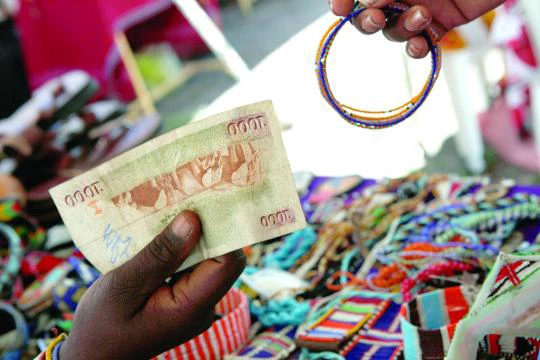Recent evaluations of a number of worldwide financial education programs reported widely varied outcomes. While some found evidence of effectiveness, others reported mixed or no evidence. Yet an increasing number of developing countries are putting financial education strategies in place or are expanding financial education programs. The quality of design of such strategies and programs is therefore crucial.
Financial education programs can be ad hoc targeted interventions, aimed at addressing specific financial education gaps, or they can be more comprehensive approaches through financial education or literacy strategies that aim to address a number of priorities. Regardless of the approach – which depends on the local context – financial education programs have a higher likelihood of greater positive impact if they are based on reliable diagnostic tools and focused on clearly defined and sequenced priorities.
Over the past two years, the Financial Inclusion and Consumer Protection team at the World Bank Group has conducted substantial technical and diagnostic work in the area of responsible finance. For example, we have developed methodologies for financial capability surveys and impact evaluation, and we have conducted a series of diagnostic reviews in the area of consumer protection and financial literacy on a global scale.
Based on this experience, the following steps should be considered to increase the likelihood of impact of financial education programs:
Diagnostic Assessment
A financial capability survey is among the most accurate instruments for diagnosing the demand-side gaps, and for establishing a baseline for financial capability and literacy levels. Ideally, a nationally representative financial capability survey should be considered to properly diagnose the demand-side gaps. As an alternative, a set of targeted financial capability questions can be added to other planned survey work – for example, to a financial inclusion household survey or to a more general household survey. Specialized surveys focusing on a particular group (e.g., schoolchildren) may be appropriate, however, for more targeted interventions.
Mapping exercise
A mapping of existing financial education initiatives is recommended, to determine the supply of current programs. It is important to conduct a review of existing initiatives so that new programs and/or financial education strategy can be informed by existing experience, can benefit from lessons learned, can avoid duplication and can potentially rely on successful programs and delivery channels.
Design work
The development and implementation of a financial education program and/or strategy should ideally be based on a previous demand-and-supply-side analysis. For countries that opt for a more strategic approach from the outset, the development of a national financial education strategy can be used to identify and set national priorities, to build consensus and to ensure the better coordination of diverse stakeholders.
Small Scale Piloting Prior to Roll-Out
The implementation stage should use pilot programs prior to a full-scale rollout, with impact assessment integrated from the outset. Small-scale initial implementation, scaling up to full implementation based on evaluations (via surveys, pilot tests and randomized control trials) can enhance effectiveness and safeguard resources.
For more information about operational steps aimed at maximizing the benefits of financial education initiatives, and for an overview of recently completed evaluations, see our recent brief Financial Education Programs and Strategies: Approaches and Available Resources.
Additional resources on financial capability issues, including country cases and toolkits are available at our Responsible Finance website, and at our Financial Inclusion Resource Center.



Join the Conversation